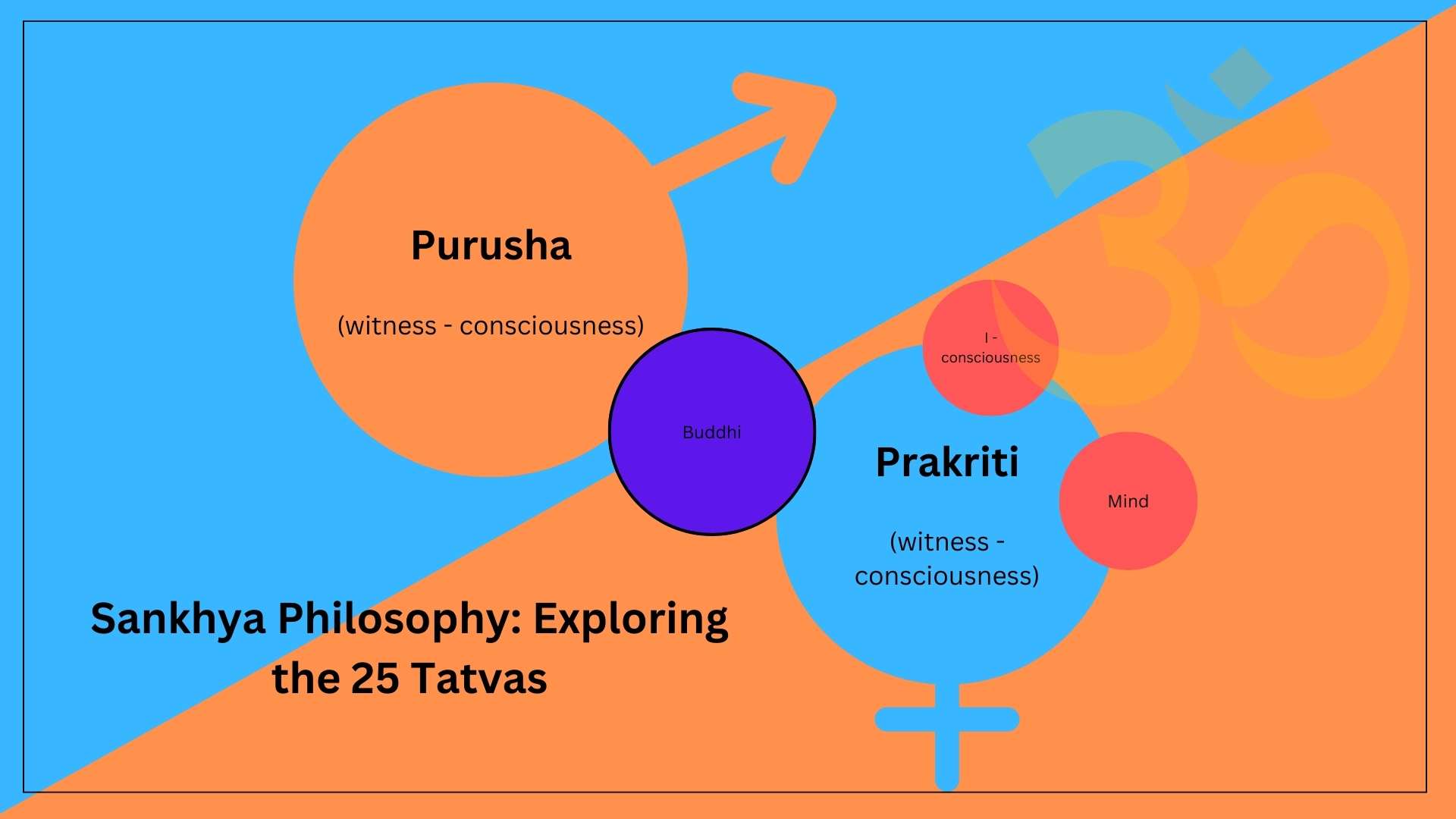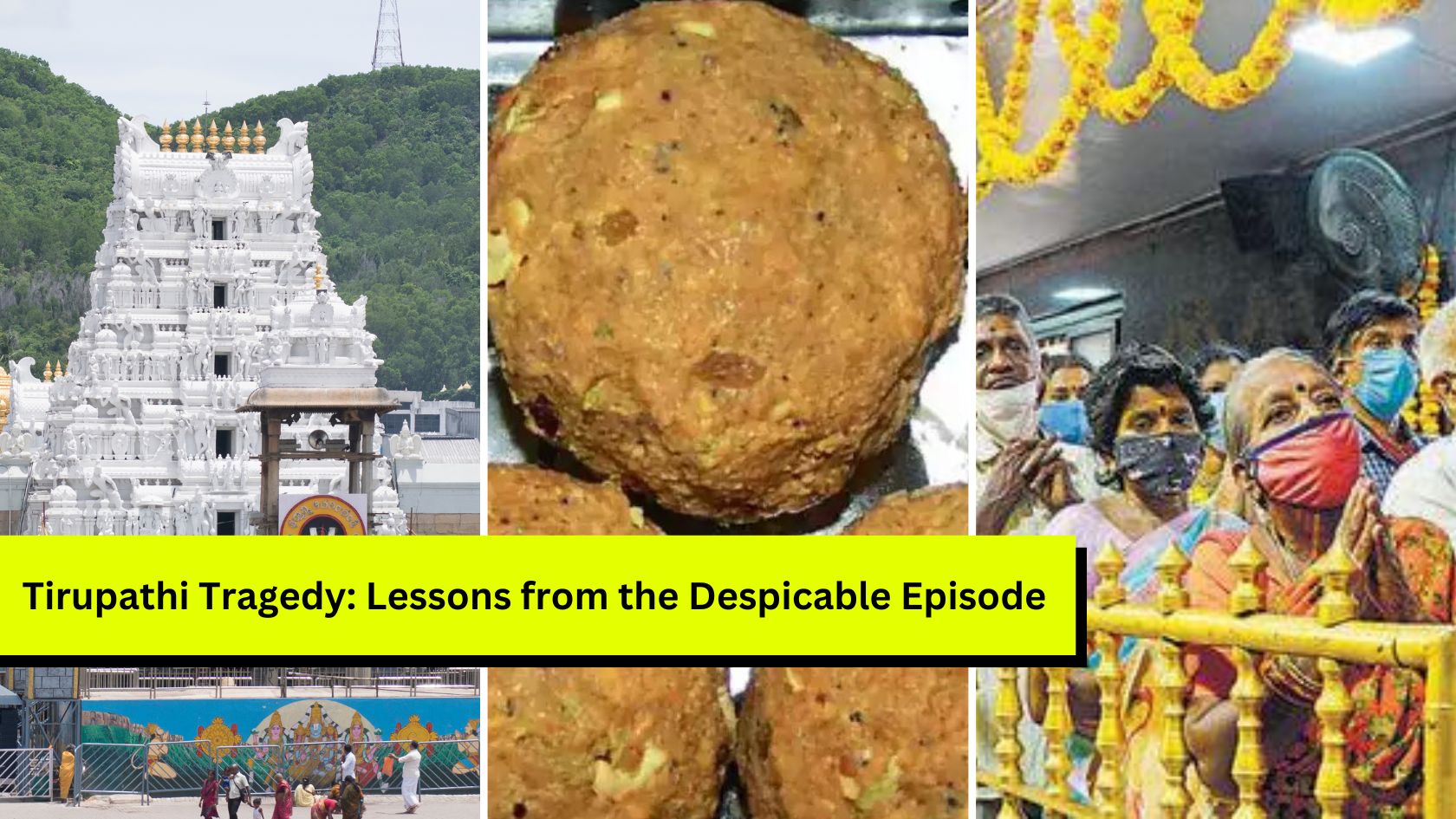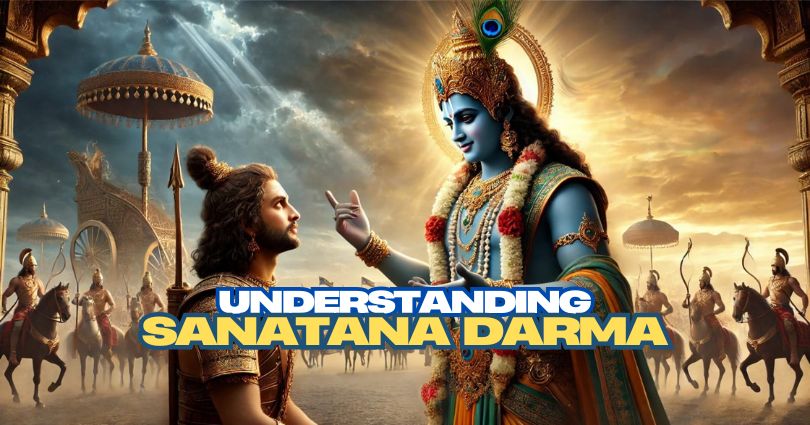
Sankhya philosophy, one of the oldest and most profound schools of thought in Indian philosophy, delves into the intricate web of existence. It's a journey into understanding the universe, consciousness, and everything in between. In this article, we'll take a short and sweet dive into Sankhya philosophy and its concept of the 25 tatvas.
What Is Sankhya Philosophy?
Sankhya, which means "enumeration" or "counting," is all about breaking down the complexities of existence into a neat list. It's like creating an inventory of the universe's building blocks.
The 25 Tatvas
Purusha (Consciousness): The eternal witness, pure consciousness, and the ultimate observer.
Prakriti (Nature): The cosmic matter, the canvas upon which the universe is painted.
Mahat (Intellect): The grand cosmic intellect, the source of knowledge and discrimination.
Ahankara (Ego): The individualized sense of self, the "I" that separates us from the universe.
Manas (Mind): The seat of thoughts, emotions, and decision-making.
Buddhi (Discrimination): The higher intellect that helps us discern right from wrong.
Ahamkara (Egoism): The ego in action, shaping our individuality.
Five Tanmatras (Subtle Elements): These include sound, touch, form, taste, and smell, the building blocks of sensory perception.
Five Gross Elements (Bhutas): Earth, water, fire, air, and ether - the physical substances of the material world.
Five Organs of Perception (Jnanendriyas): Eyes, ears, skin, tongue, and nose - the gateways to experiencing the world.
Five Organs of Action (Karmendriyas): Hands, feet, mouth, genitals, and anus - the tools for interacting with the world.
The Dance of Creation and Liberation
Sankhya philosophy presents a fascinating dance between Purusha and Prakriti. Purusha, the eternal observer, remains unchanged, while Prakriti constantly transforms, giving rise to the diverse forms of the universe. The goal of Sankhya is to recognize the distinction between these two and ultimately attain liberation by realizing one's true self, beyond the realm of material existence.
Comparison with Freud:
Purisha and Id: Purusha in Sankhya is comparable to consciousness, while the id in Freud's theory is more about raw, instinctual desires. Purusha observes without getting involved, whereas the id is driven by immediate gratification.
Ahankara and Ego: Ahankara in Sankhya and the ego in Freud's theory both deal with the sense of self. However, the ego in Freud's model serves as a mediator and is influenced by external reality, while ahankara in Sankhya is more about self-identity within the context of the inner self.
Buddhi and Super Ego: Buddhi in Sankhya and the super ego in Freud's theory both involve moral and ethical considerations. However, Buddhi focuses on individual discernment, while the super ego incorporates societal and parental values.
Sankhya philosophy predates the work of Freud by millennia, highlighting the rich and ancient philosophical traditions of India. It serves as a testament to the profound exploration of human consciousness and the nature of existence that Indian philosophies embarked upon long before modern psychology emerged. Sankhya, along with other Indian philosophical schools, had already delved into the intricacies of the human mind, the self, and the universe, addressing questions that the world continues to contemplate today. It reminds us that the wisdom of the past can offer valuable insights into the questions that still captivate our collective curiosity.
Conclusion
Sankhya philosophy, with its 25 tatvas, offers a concise yet profound framework for understanding the universe and our place in it. It's a philosophy that encourages us to explore the depths of consciousness, confront our egos, and unravel the mysteries of existence. In a world often filled with noise and distractions, Sankhya philosophy invites us to contemplate the essentials of life and consciousness in the simplest and most profound way possible.
NEXT ARTICLE

The Venkateshwara Swami Temple in Tirupati is among the holiest places in the world for Hindus. Millions of people throng the temple every year to get...

It is a sad reality that our Itihasa and Puranas have been subject to severe distortion over the years. This is not surprising considering how even th...

The holy land of Bharat follows Sanatana Dharma. The word Sanatana Dharma is a Sanskrit word meaning, “Eternal law”. It is the indestructible ultimate...